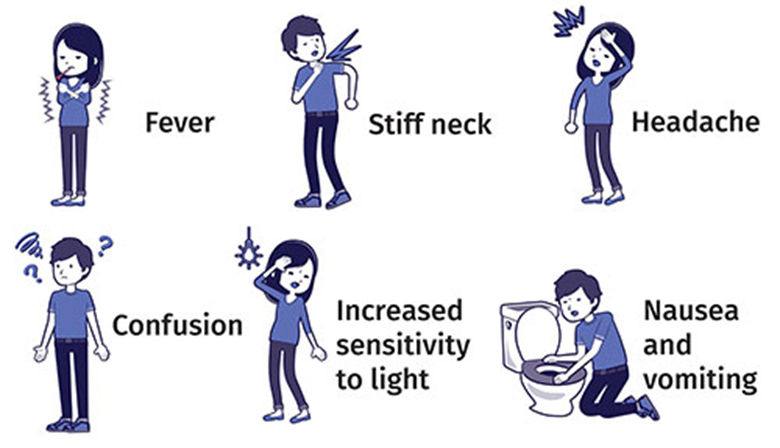Patient Data
Drag from the choices area to specify which condition the client is most likely experiencing, two actions the nurse should take to address that condition, and two parameters the nurse should monitor to assess the client’s progress.
The Correct Answer is []
For Potential Conditions:
The correct answer is c) Abdominal compartment syndrome.
Choice A reason: Pneumothorax is a condition where air leaks into the pleural space, causing lung collapse and impaired gas exchange. It can cause respiratory distress, hypoxia, chest pain, and decreased breath sounds on the affected side. However, it does not cause abdominal distension, acidosis, or hyperglycemia.
Choice B reason: Pulmonary embolism is a condition where a blood clot blocks one or more pulmonary arteries, causing impaired gas exchange and reduced blood flow to the lungs. It can cause respiratory distress, hypoxia, chest pain, and tachycardia. However, it does not cause abdominal distension, acidosis, or hyperglycemia.
Choice C reason: Abdominal compartment syndrome is a condition where increased intra-abdominal pressure causes reduced blood flow to the abdominal organs and impaired diaphragm movement. It can cause respiratory distress, hypoxia, abdominal distension, acidosis, decreased urine output, and organ failure. It is a common complication of cirrhosis with ascites.
Choice D reason: Sepsis is a condition where a systemic inflammatory response to an infection causes organ dysfunction and hypoperfusion. It can cause respiratory distress, hypoxia, fever or hypothermia, tachycardia, acidosis, and hyperglycemia. However, it does not cause abdominal distension unless there is an intra-abdominal infection.
The two actions the nurse should take to address abdominal compartment syndrome are:
- Prepare the client for a paracentesis: Paracentesis is a procedure where a needle or catheter is inserted into the peritoneal cavity to drain excess fluid and reduce intra-abdominal pressure.
- Place an intravenous line to start fluid boluses: Fluid boluses are given to maintain adequate blood pressure and perfusion to the vital organs.
The two parameters the nurse should monitor to assess the client’s progress are:
- Oxygen saturation: Oxygen saturation reflects the amount of oxygen bound to hemoglobin in the blood. It should be maintained above 90% to ensure adequate oxygen delivery to the tissues.
- Urine output: Urine output reflects the function of the kidneys and the perfusion of the renal arteries. It should be maintained above 0.5 mL/kg/hour to prevent acute kidney injury and electrolyte imbalances.
Nursing Test Bank
Naxlex Comprehensive Predictor Exams
Related Questions
Correct Answer is A
Explanation
Choice A reason: Gastroccult positive emesis indicates the presence of blood in the vomit, which is a sign of a serious complication such as anastomotic leak, ulcer, or bleeding. The nurse should notify the physician and monitor the client's vital signs and hemoglobin level.
Choice B reason: Strong foul smelling flatus is a common side effect of BPD, which involves bypassing a large portion of the small intestine and creating a connection between the stomach and the colon. This results in malabsorption and bacterial overgrowth, which produce gas and odor.
Choice C reason: Complaint of poor night vision is a sign of vitamin A deficiency, which can occur after BPD due to reduced absorption of fat-soluble vitamins. The nurse should advise the client to take vitamin supplements and eat foods rich in vitamin A, such as carrots, sweet potatoes, and spinach.
Choice D reason: Loose bowel movements are another common side effect of BPD, which causes diarrhea and steatorrhea (fatty stools). The nurse should encourage the client to drink fluids with electrolytes and avoid foods that worsen diarrhea, such as greasy, spicy, or sugary foods.
Correct Answer is D
Explanation
Choice A reason: Rocky Mountain spotted fever is not the most likely condition for the client who has a severe headache, fever, nuchal rigidity, and a petechial rash on arms and legs. Rocky Mountain spotted fever is a bacterial infection transmitted by ticks that causes a distinctive rash that usually begins on the wrists and ankles and spreads to the rest of the body. The rash is not limited to the arms and legs, and the client may also have other symptoms such as nausea, vomiting, abdominal pain, and muscle aches.
Choice B reason: Intracerebral hemorrhage is not the most likely condition for the client who has a severe headache, fever, nuchal rigidity, and a petechial rash on arms and legs. Intracerebral hemorrhage is a type of stroke that occurs when a blood vessel bursts inside the brain, causing bleeding and swelling. The rash is not a typical sign of intracerebral hemorrhage, and the client may also have other symptoms such as weakness, numbness, vision loss, confusion, and loss of consciousness.
Choice C reason: Cerebrovascular accident (CVA) is not the most likely condition for the client who has a severe headache, fever, nuchal rigidity, and a petechial rash on arms and legs. CVA is another term for stroke, which occurs when the blood supply to a part of the brain is interrupted, causing brain tissue damage. The rash is not a common sign of CVA, and the client may also have other symptoms such as facial drooping, slurred speech, difficulty swallowing, paralysis, and cognitive impairment.
Choice D reason: Meningococcal meningitis is the most likely condition for the client who has a severe headache, fever, nuchal rigidity, and a petechial rash on arms and legs. Meningococcal meningitis is a bacterial infection that causes inflammation of the membranes that cover the brain and spinal cord. The rash is a characteristic sign of meningococcal meningitis, which can appear as small red or purple spots that do not fade when pressed. The client may also have other symptoms such as nausea, vomiting, sensitivity to light, confusion, and seizures.

Whether you are a student looking to ace your exams or a practicing nurse seeking to enhance your expertise , our nursing education contents will empower you with the confidence and competence to make a difference in the lives of patients and become a respected leader in the healthcare field.
Visit Naxlex, invest in your future and unlock endless possibilities with our unparalleled nursing education contents today
Report Wrong Answer on the Current Question
Do you disagree with the answer? If yes, what is your expected answer? Explain.
Kindly be descriptive with the issue you are facing.
